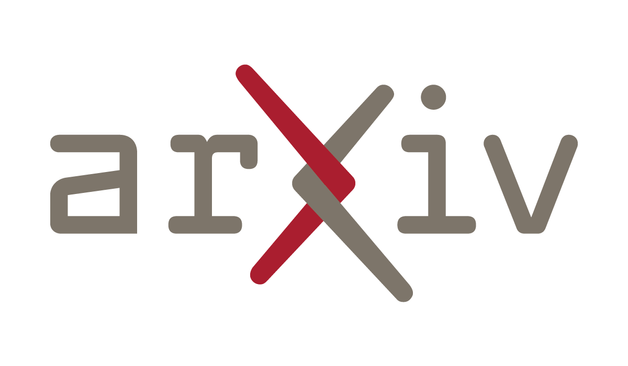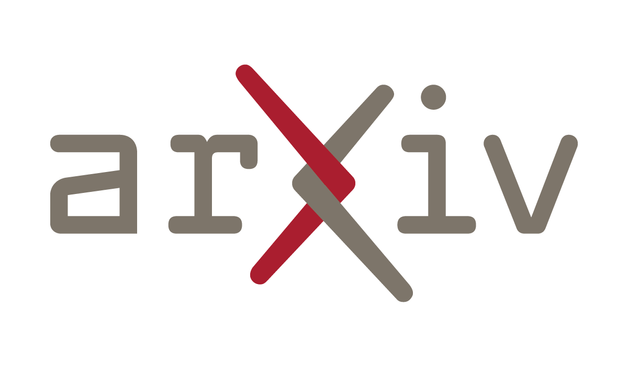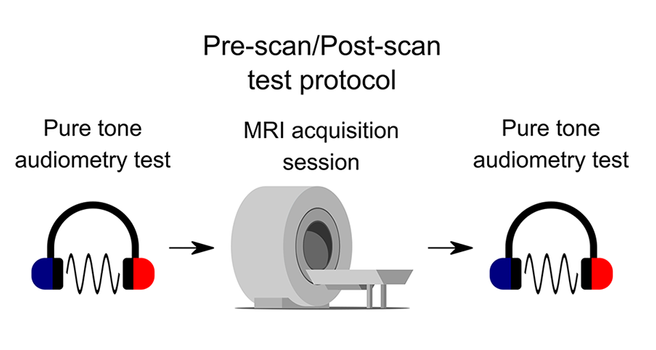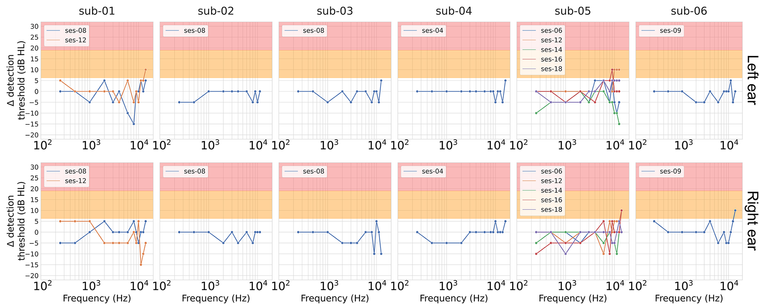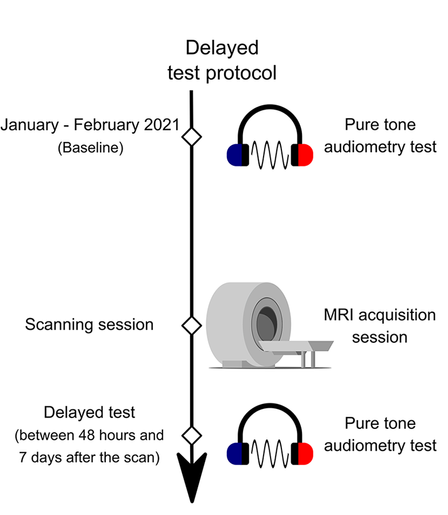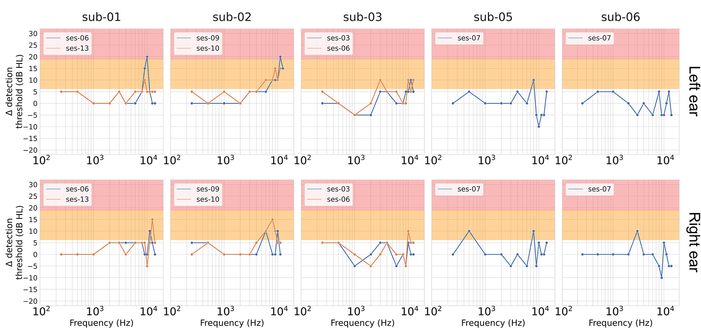Join Us for the first @cneuromod workshop featuring the Algonauts brain encoding competition
Curious about creating models of how the brain processes video, sound, and language? Join us for our first CNeuroMod workshop where we’ll introduce a unique collection of brain data and rich stimuli (https://cneuromod.ca)—and show you how researchers can create AI models that encode brain activity from video data.
We’ll also dive into the Algonauts competition (https://algonautsproject.com/), where teams from around the world challenge each other to build the best AI models that mimic brain activity while participants are watching videos. This session is designed for a multidisciplinary audience —from psychologists to computer scientists—and will give you practical insights into the exciting intersection of brain science and artificial intelligence.
This special session is co-organized by the Unique Network (Union of Neuroscience and AI Québec) and will be held in a hybrid format (Zoom or in-person).
Date & Time: June 10th, 10 am - 12 pm
Location: Room M6809, CRIUGM, 4545 chemin Queen Mary, Montreal, H3W 1W4
Registration: Free, but mandatory, using https://www.eventbrite.com/e/cneuromod-workshop-tickets-1397224398789?aff=oddtdtcreator
